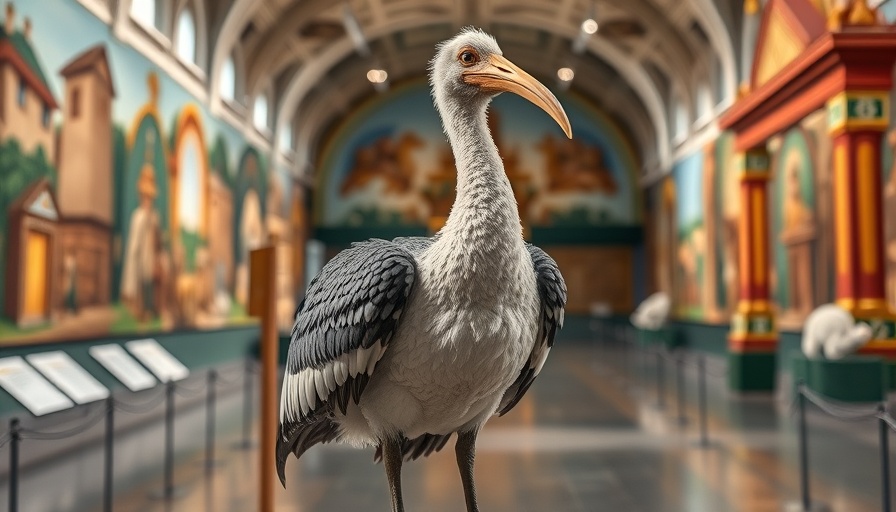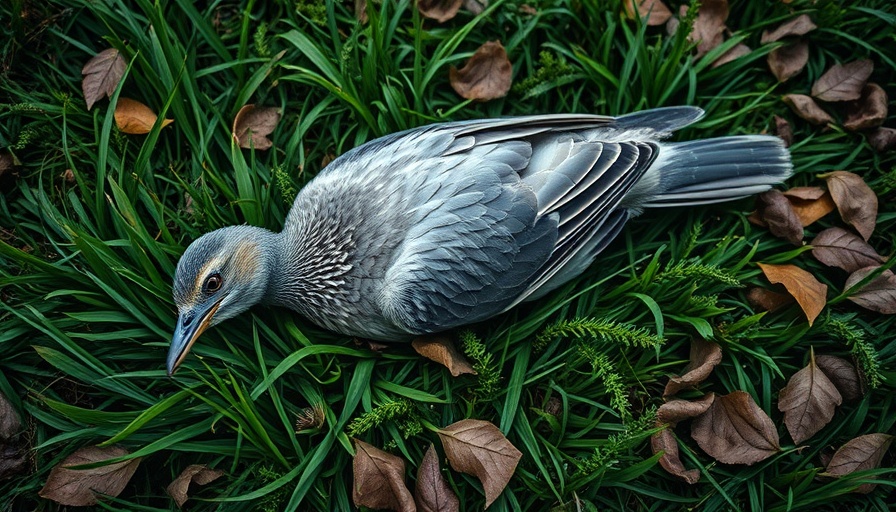
Understanding the Recent Bird Flu Detection in Atlanta
Bird flu has been officially detected in metro Atlanta, raising alarm bells among public health officials and avian enthusiasts alike. The presence of the virus, known scientifically as avian influenza, poses significant risks not just to birds, but potentially to human health as well. The recent reports follow an ongoing trend of bird flu outbreaks nationally, which have previously led to mass culling of infected flocks.
The Implications of Bird Flu Spread
This strain of bird flu, particularly concerning for its potential to mutate, can cause severe illness in poultry and poses a threat to wild bird populations. The Centers for Disease Control and Prevention (CDC) has urged vigilance among poultry owners, emphasizing the importance of monitoring symptoms in birds and maintaining biosecurity measures. This situation has led to increased scrutiny of avian populations across the region.
What This Means for Local Residents
For residents in Atlanta and surrounding areas, understanding the symptoms and transmission risks of bird flu is crucial. While the likelihood of transmission to humans remains low, public health officials advise anyone who comes into contact with birds—whether wild or domestic—to remain cautious. This includes avoiding gatherings of large numbers of birds and reporting any sick or dead birds to local authorities promptly.
Looking Forward: Preventive Measures and Awareness
As bird flu continues to be a concern, ongoing public education and awareness campaigns are essential. Local health departments, veterinarians, and avian specialists are encouraged to collaborate in sharing information regarding the virus and protective measures. Responsible pet ownership and adherence to health guidelines will play important roles in mitigating risks.
 Add Row
Add Row  Add
Add 




Write A Comment